Obama's tax cut
Deciding whether tax cuts or public spending will save the economy
What happened
President-elect Barack Obama plans to include $300 billion in tax cuts in an economic stimulus package that could reach $775 billion over two years. The tax breaks are aimed at attracting Republican support needed to win quick congressional approval. (The Wall Street Journal)
What the commentators said
The Week
Escape your echo chamber. Get the facts behind the news, plus analysis from multiple perspectives.

Sign up for The Week's Free Newsletters
From our morning news briefing to a weekly Good News Newsletter, get the best of The Week delivered directly to your inbox.
From our morning news briefing to a weekly Good News Newsletter, get the best of The Week delivered directly to your inbox.
“Let’s not mince words,” said Paul Krugman in The New York Times. It will take “swift, bold action” to prevent a second Great Depression. But even with tax cuts as a sweetener, some Republicans are so opposed to the surge in public spending we really need that the stimulus package might end up being too late and too watered down to do any good.
“No stimulus would be better than a bad stimulus,” said Investor’s Business Daily in an editorial. So if handing Congress a blank check to build roads and schools is the best we can do, no thanks. But a major study of tax changes shows that every $1 in tax cuts adds $3 to the GDP, so cutting taxes is the way to go if we want a stimulus that really works.
That’s not the way the last tax rebate turned out, said Hilzoy in The Washington Monthly. By some estimates, taxpayers saved 80 percent of that so-called stimulus. So public spending offers more bang for every stimulus dollar—plus, we badly need to upgrade our bridges and mass transit systems, anyway.
The best way to ensure that this doesn’t turn into “a federal boondoggle bonanza,” said Harvard economics professor Edward L. Glaeser in The Boston Globe, is to divvy up the stimulus between private citizens and local governments. Low- and middle-income taxpayers badly need a payroll-tax break, and shoring up local government balance sheets will “help ensure that those governments don’t make the downturn worse by cutting spending during a recession.”
A free daily email with the biggest news stories of the day – and the best features from TheWeek.com
-
 How to financially prepare for divorce
How to financially prepare for divorceThe Explainer Facing ‘irreconcilable differences’ does not have to be financially devastating
-
 Why it’s important to shop around for a mortgage and what to look for
Why it’s important to shop around for a mortgage and what to look forThe Explainer You can save big by comparing different mortgage offers
-
 4 ways to save on rising health care costs
4 ways to save on rising health care costsThe Explainer Health care expenses are part of an overall increase in the cost of living for Americans
-
 Bari Weiss’ ‘60 Minutes’ scandal is about more than one report
Bari Weiss’ ‘60 Minutes’ scandal is about more than one reportIN THE SPOTLIGHT By blocking an approved segment on a controversial prison holding US deportees in El Salvador, the editor-in-chief of CBS News has become the main story
-
 Has Zohran Mamdani shown the Democrats how to win again?
Has Zohran Mamdani shown the Democrats how to win again?Today’s Big Question New York City mayoral election touted as victory for left-wing populists but moderate centrist wins elsewhere present more complex path for Democratic Party
-
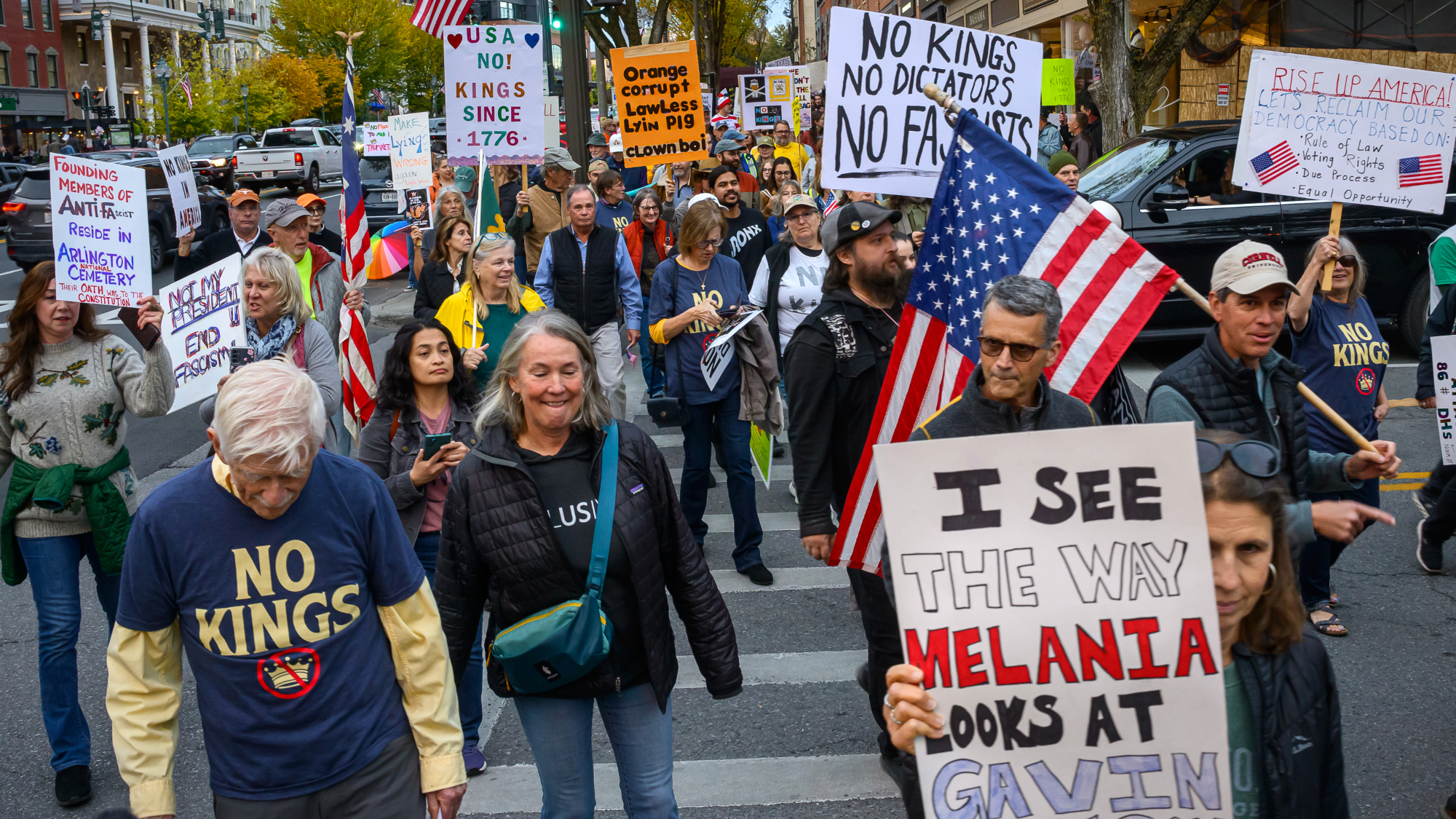 Millions turn out for anti-Trump ‘No Kings’ rallies
Millions turn out for anti-Trump ‘No Kings’ ralliesSpeed Read An estimated 7 million people participated, 2 million more than at the first ‘No Kings’ protest in June
-
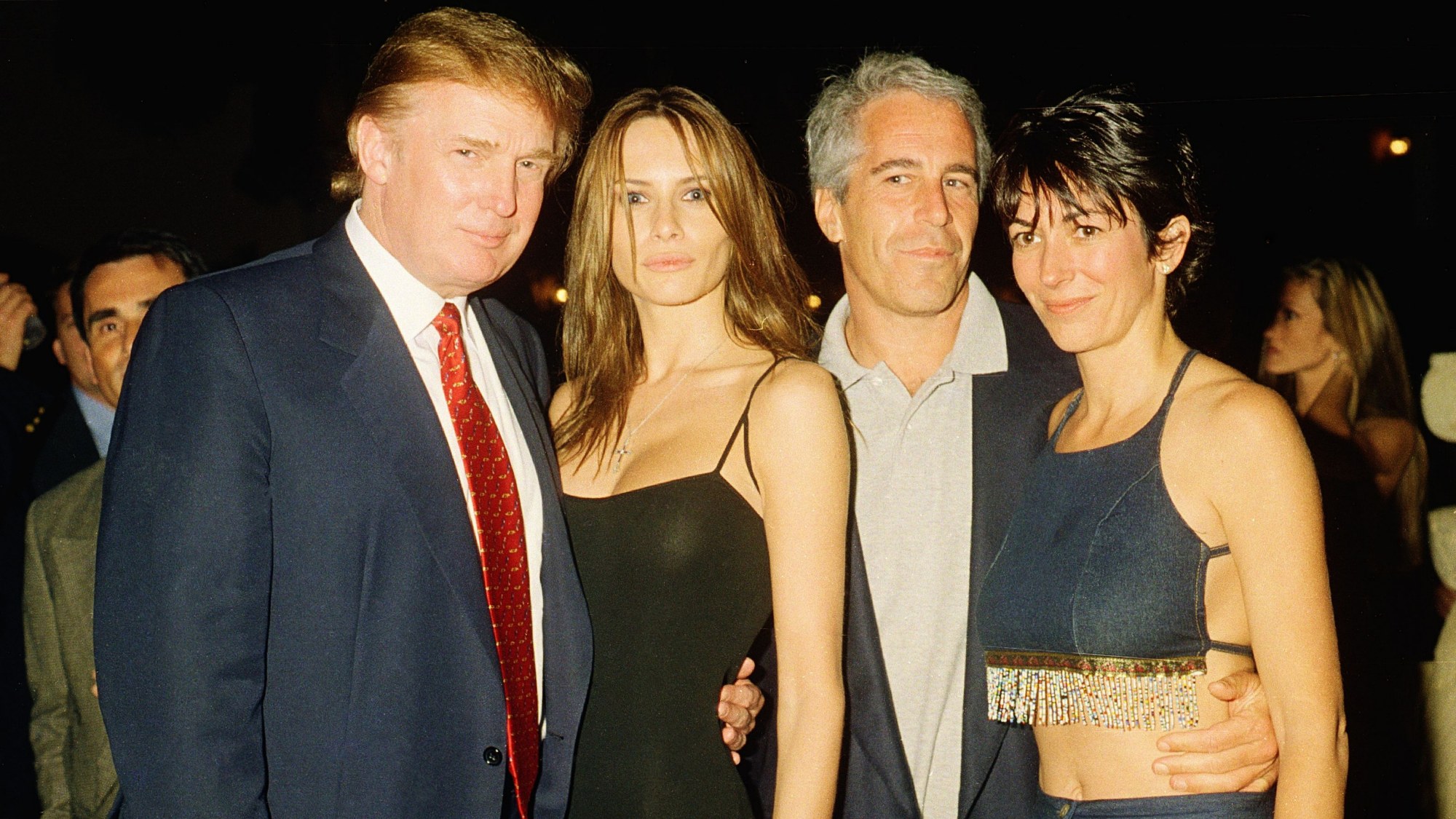 Ghislaine Maxwell: angling for a Trump pardon
Ghislaine Maxwell: angling for a Trump pardonTalking Point Convicted sex trafficker's testimony could shed new light on president's links to Jeffrey Epstein
-
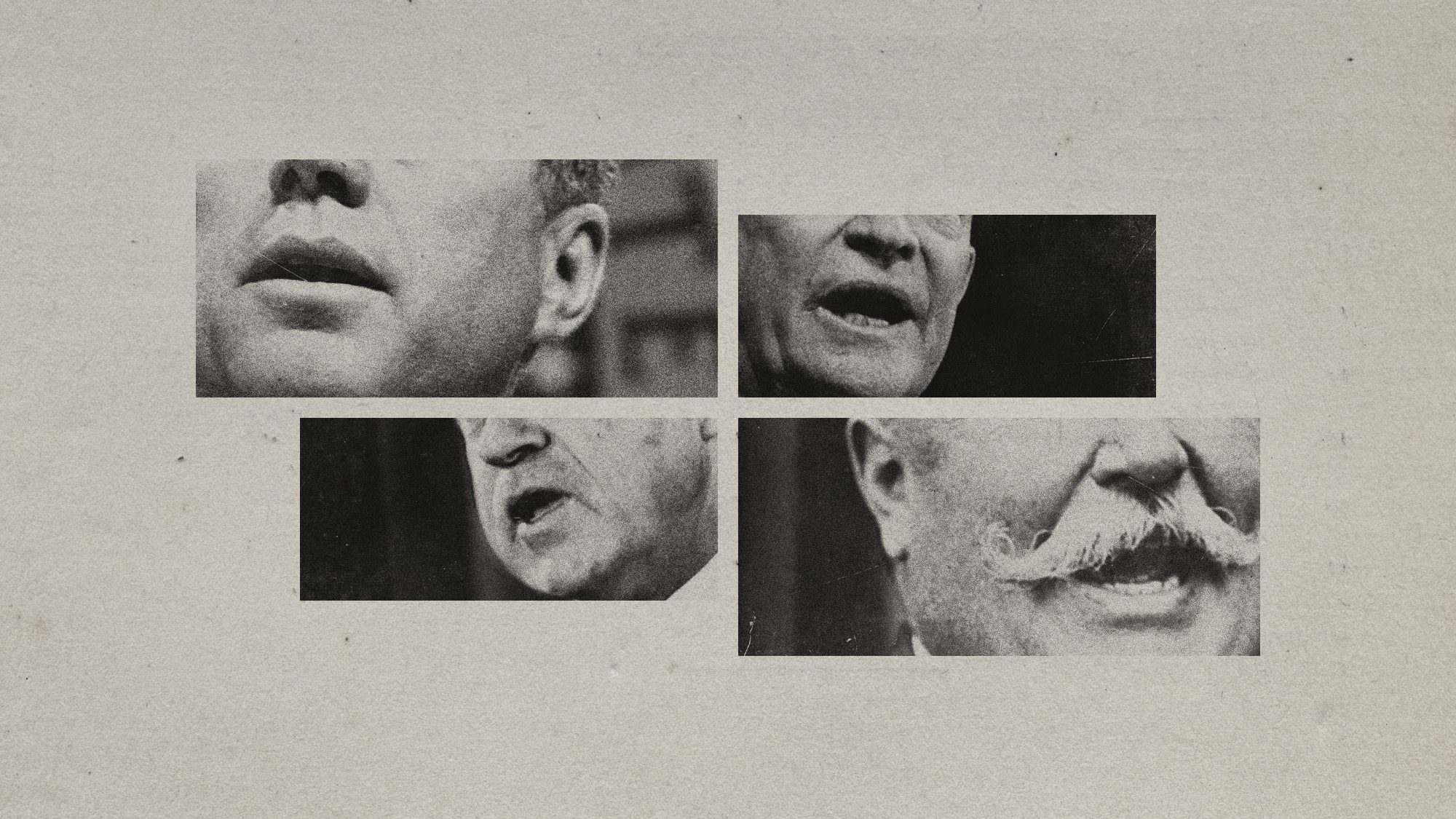 The last words and final moments of 40 presidents
The last words and final moments of 40 presidentsThe Explainer Some are eloquent quotes worthy of the holders of the highest office in the nation, and others... aren't
-
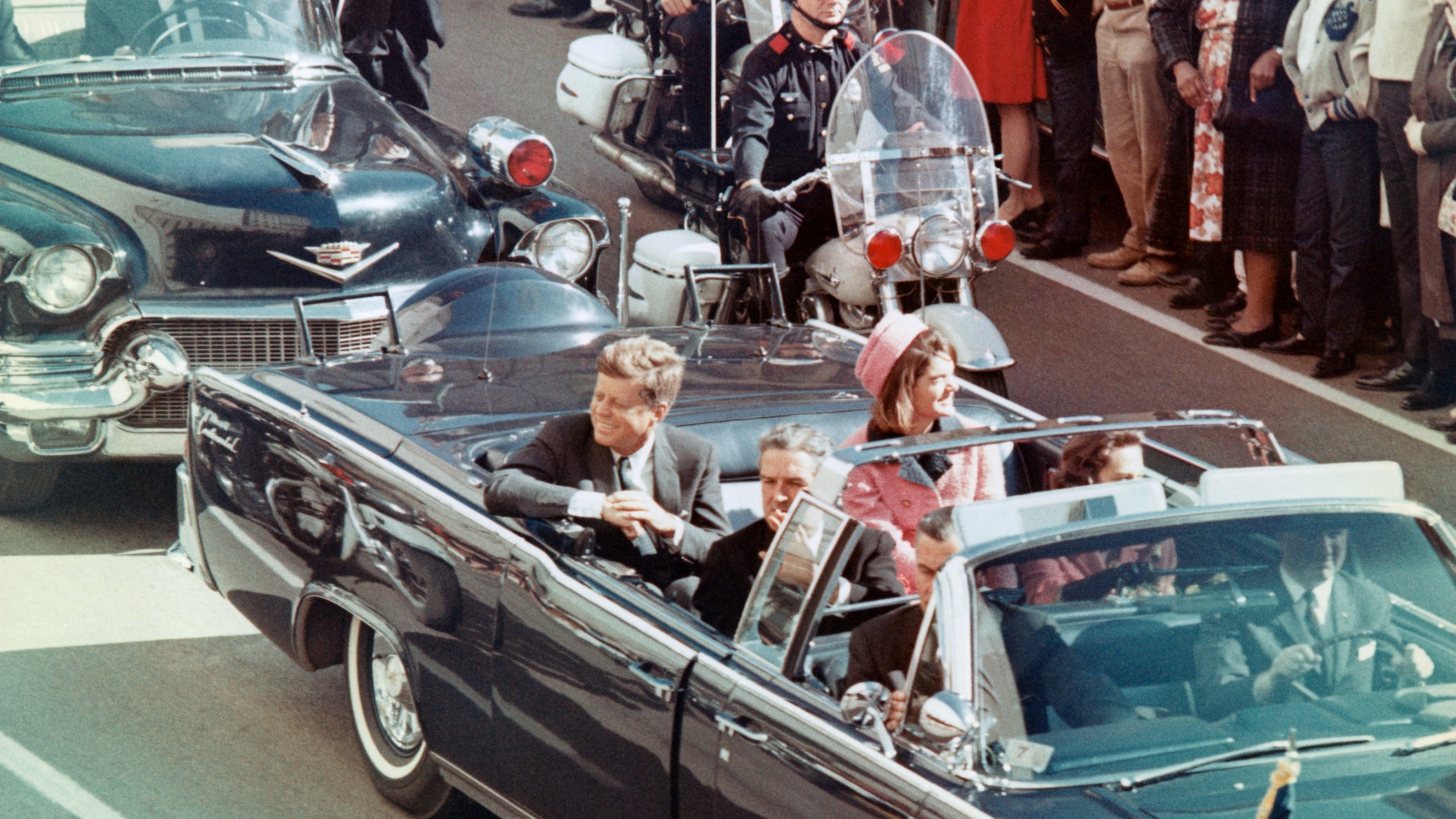 The JFK files: the truth at last?
The JFK files: the truth at last?In The Spotlight More than 64,000 previously classified documents relating the 1963 assassination of John F. Kennedy have been released by the Trump administration
-
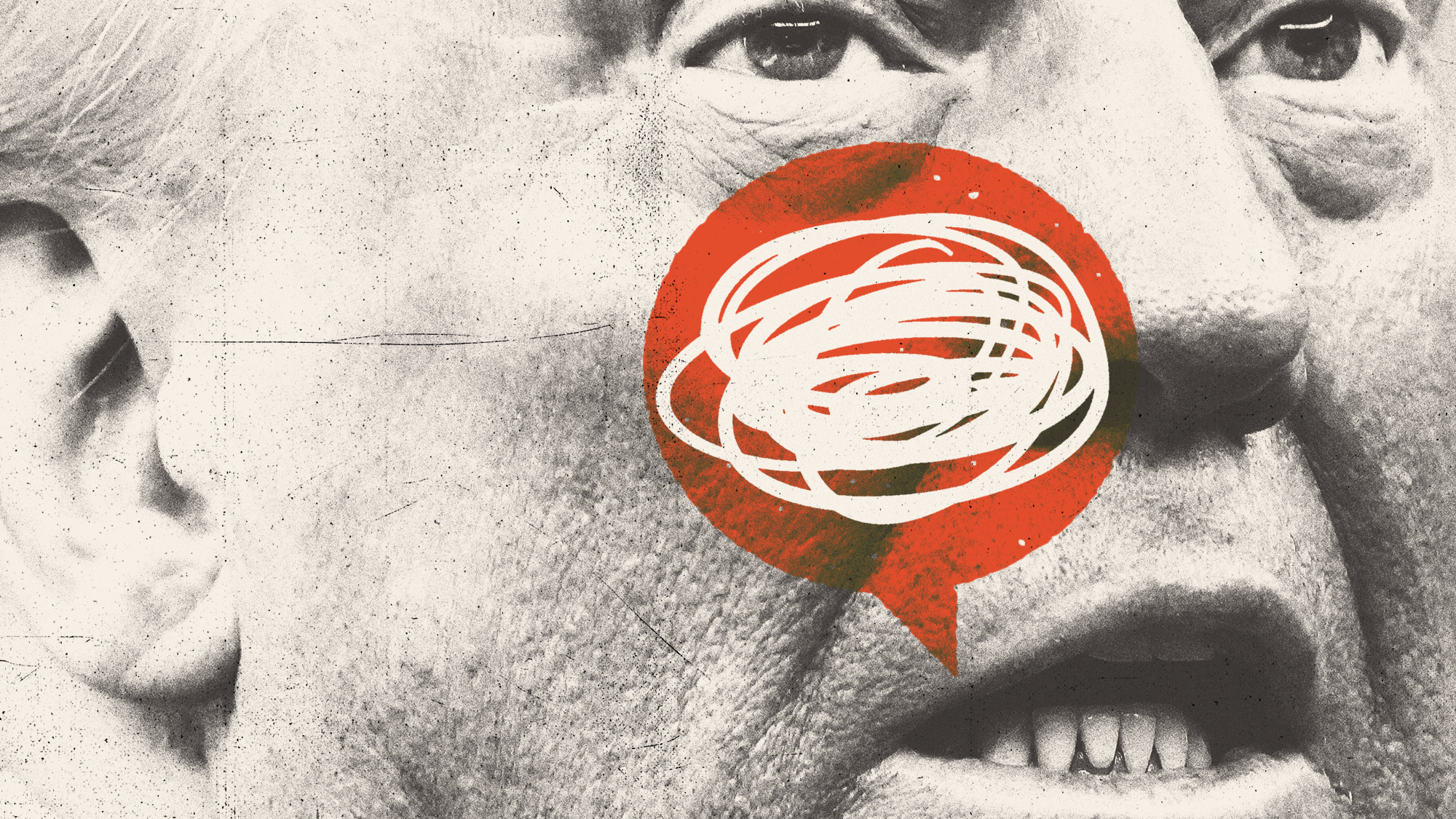 'Seriously, not literally': how should the world take Donald Trump?
'Seriously, not literally': how should the world take Donald Trump?Today's big question White House rhetoric and reality look likely to become increasingly blurred
-
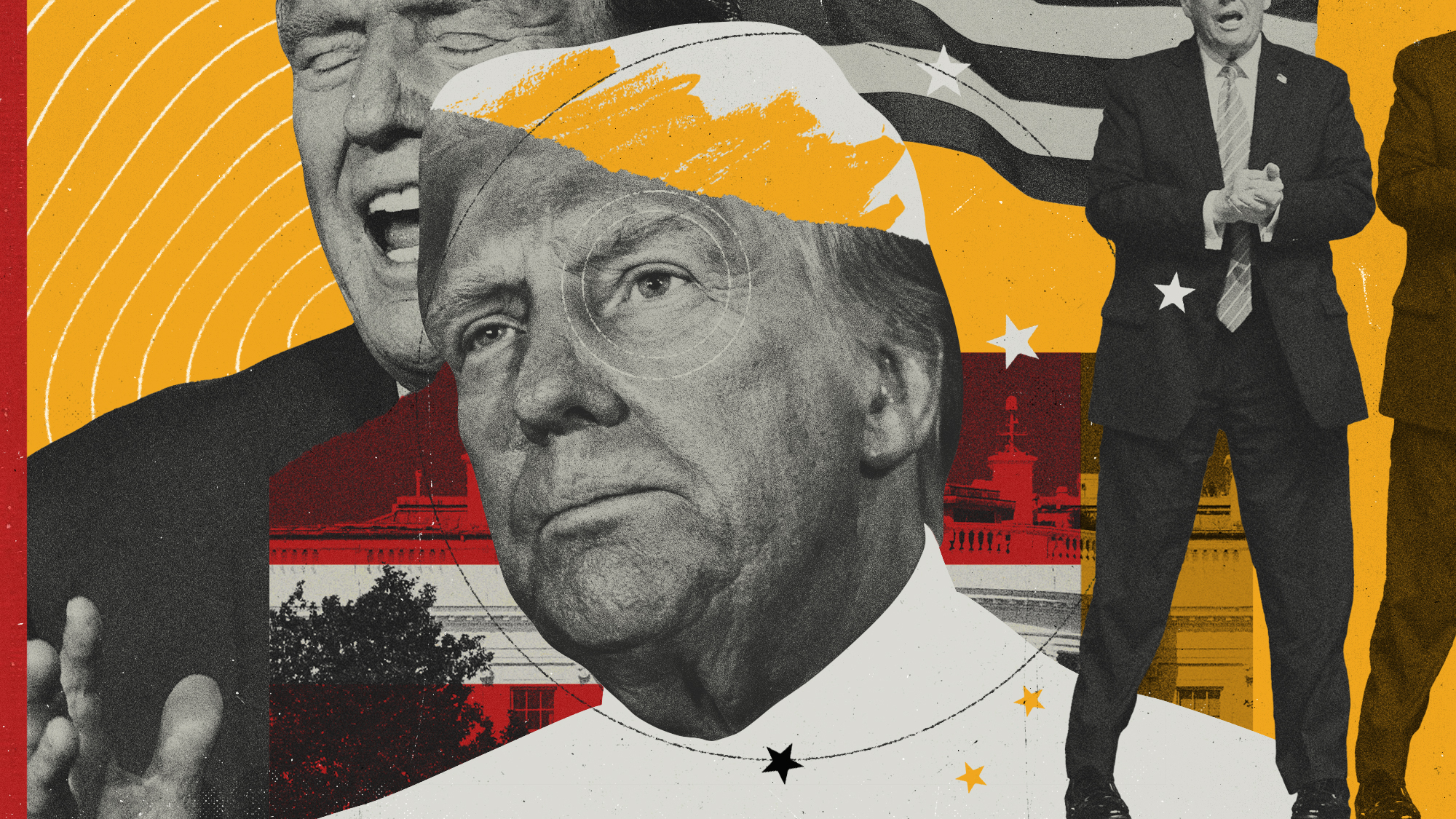 Will Trump's 'madman' strategy pay off?
Will Trump's 'madman' strategy pay off?Today's Big Question Incoming US president likes to seem unpredictable but, this time round, world leaders could be wise to his playbook